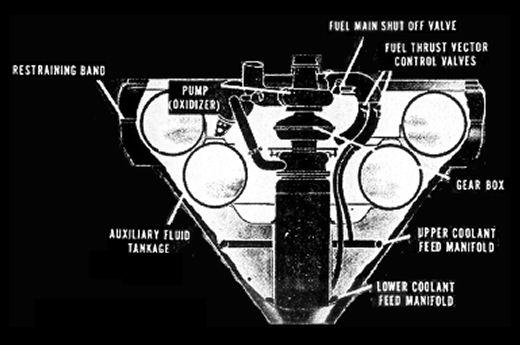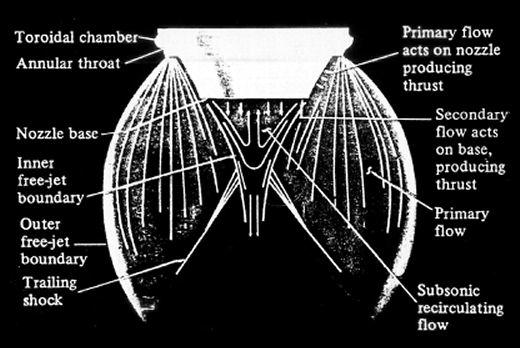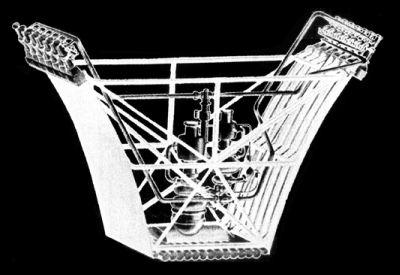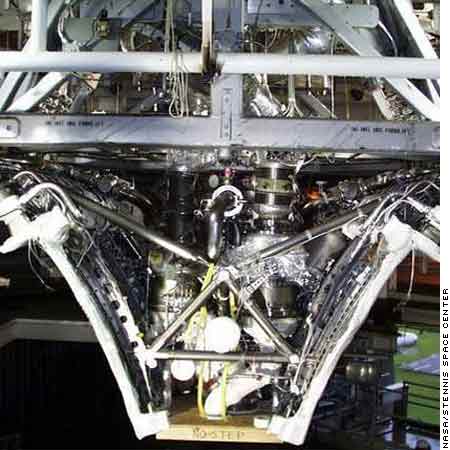The Aerospike Engine
What makes an aerospike special?
The greek prefix "aero" suggests "air or gas" (dictionary.com). Thus, the aerospike engine utilizes a "spike" of exhaust gases. The actual construction of the engine is a truncated spike, as shown below:

http://www.aerospaceweb.org/design/aerospike/aerospike.shtml
The truncated spike saves weight by eliminating the large mass required for a full spike. In its place a secondary, subsonic exhaust flow is injected under the flat plug bottom. This flow acts as a spike and shapes the flow of the main exhaust plume.
The primary and secondary exhaust flows work together to provide multiple thrust sources, illustrated in the diagram below:

http://www.aerospaceweb.org/design/aerospike/aerospike.shtml
The aerospike is an active area of research, and the linear aerospike is also under consideration for future manned space flight:


http://www.aerospaceweb.org/design/aerospike/aerospike.shtml - www.space.com
The Boeing/Rocketdyne XRS-2200 linear aerospike engine is one of the principle contenders in this area of research, and recently completed a series of tests (see video below). This engine was developed to power the X-33, an unmanned test version of Lockheed Martin's VentureStar project.
An artist's rendering of the X-33:

http://observe.arc.nasa.gov/nasa/ootw/1997/ootw_971001/x33.html
By using a linear engine, engineers also save weight in structural reinforcement in the spacecraft because heavy thrust loads are not isolated. Instead they are spread out across the base of the ship, reducing pressure on the spacecraft as a whole. This reduces the need for massive support structures within the spacecraft.
For an EXCELLENT video of a linear aerospike test firing, see this link.
| Back to Home | How do Rockets Work? | The Spike Engine | Bibliography |